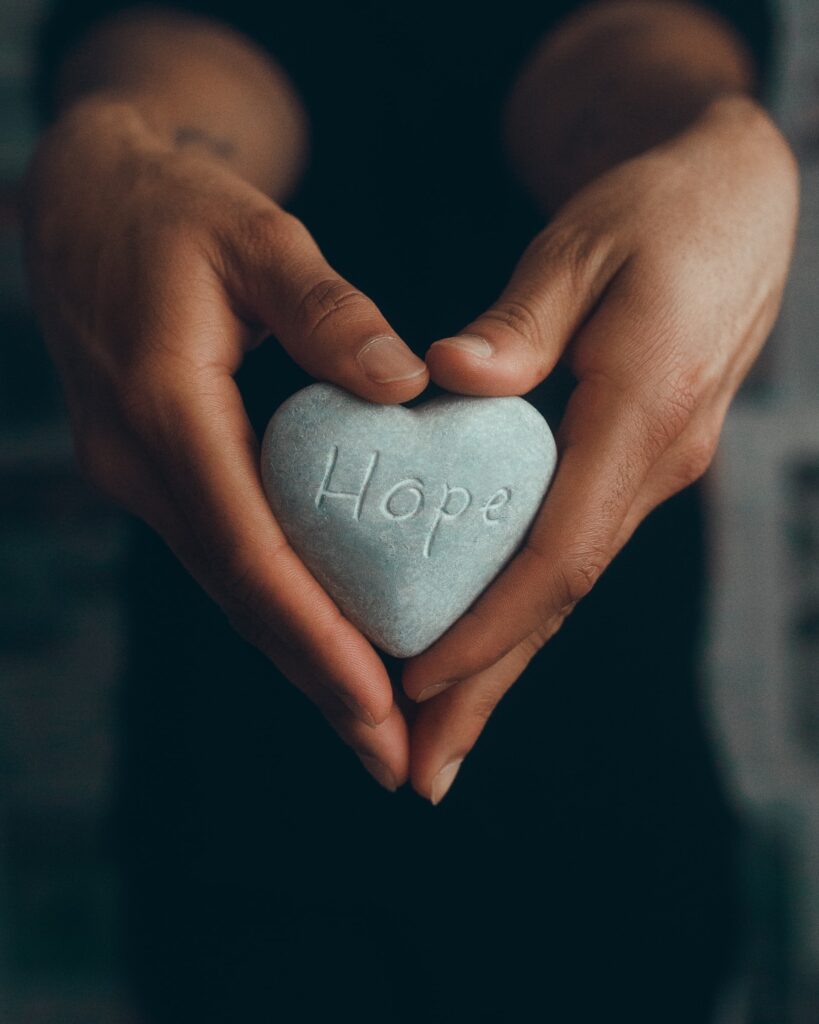
Photo by Ronak Valobobhai on Unsplash
The future is not yet written. We are writing it now. Rebecca Solnit
In her long article Ten ways to confront the climate crisis without losing hope (as part of the Reconstruction after COVID Series, one of the ways that Solnit offered us is that ‘the future is not yet written’. That, for me, comes as a challenge to write the future as a practice of hope.
I made a small start on my personal hopeful practice of writing the future in my December 2021 post Trees, Memories and Hope, in the wake of our son’s unexpected death in July 2021.
In the midst of my grief, I am aware of glimmers of hope amongst the turbulent events associated with COVID, Climate Change, political chicanery and injustice across the world. Despite the dire news from Ukraine, the disproportionate economic impact of COVID on the Global South, floods in New Zealand and our own tawdry #partygate, I feel as if hope is all around us. Hope is in the promises separating families make as women and children flee to a safe country whilst their male and female relatives work to defend Ukraine. Hope is in the young activists like Greta Thunberg who stand with Ukraine as well as protesting against Climate Change.
Kwame Anthony Appiah’s article in the same series as Solnit’s https://www.theguardian.com/world/2021/nov/23/a-tale-of-two-pandemics-the-true-cost-of-covid-in-the-global-south casts a different light on the pandemic in the Global South. Appiah references Adam Tooze who said on Twitter “The year 2020 will be remembered as the moment that buried, once and for all, the millennial vision of a convergent future of economic globalization, growth, and social transformation. https://www.publicbooks.org/global-inequality-and-the-corona-shock/ via @publicbooks”, and sees COVID as “the first truly comprehensive crisis of the Anthropocene era”.
There is a lot to read about the Anthropocene and that is one reason I offer you Nick Mulvey’s song “In the Anthropocene”, ultimately a song of hope.
Last week, I participated in a GO-GN webinar by Catherine Cronin and Laura Czerniewycz In the “after-times”: Despair, Criticality, Resistance and Hope, associated with their current project, the book Higher Education for Good: Teaching and Learning Futures.
During the webinar, Laura spoke about the Cape of Good Hope aka the Cape of Storms. In trying to remember what Laura said, I found this quote from Cape of Storms or Cape of Good Hope? Educational technology in a changing environment that Laura wrote in 2004
Located in a university near the Cape of Storms, MEG is navigating turbulent seas, but given the encouraging results of our research and development to date, we choose the alternative name—the Cape of Good Hope—to signify our optimism about a safe passage to calmer waters.
I am interested in the practice of hope in the context of stormy waters, especially in the naming of hope as a practice for difficult times.
It’s not going to be easy, is it?



Provide Feedback